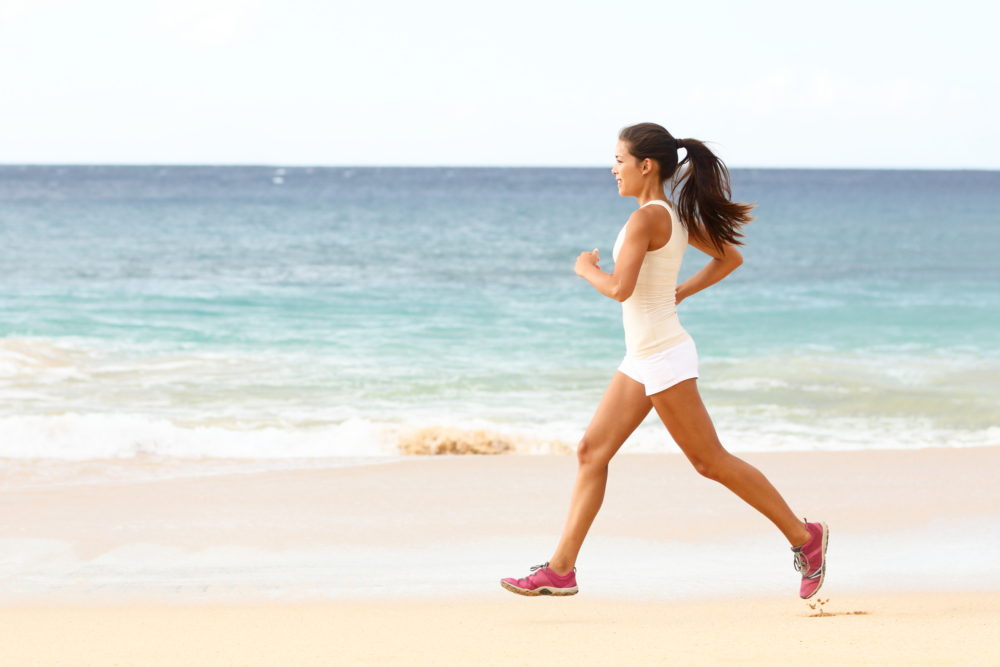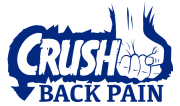Research Shows That Walking Is Good For Lower Back Pain
Staying active and moving is one of the best things you can do when you have lower back pain. Often times people do the opposite. They become inactive and move less.
Moving and exercising may scare you because you feel like it could make your symptoms worse. And you don’t know how to move or what exercises to do.
So, is walking good for lower back pain?
Walking has been proven to decrease lower back pain and promote healing
Walking is more effective to reduce lower back pain and help the back heal when done in a specific way.
You want to walk at a brisk pace and swing your arms. Walking fast and swinging your arms results in two main benefits.
- The tissues of your lumbar spine are loaded enough to facilitate the healing process but not to the point of increased tissue micro-trauma.
- The trunk/core muscles are engaged in a functional pattern to stabilize the lumbar spine while you’re moving through your hips and shoulders.
Gentle loading of the lumbar tissues with trunk muscle activation promotes lower back healing and decreases pain
Walking is therapeutic in and of itself. Start walking today, the right way.
Slower, leisurely walking may actually increase your lower back symptoms. So remember to walk at a fast pace with arm swing.
Start out walking ten to fifteen minutes and build up to thirty to forty-five minutes over the next month. Not only will you have less lower back pain, you’ll be in better shape overall.
When walking becomes too easy check out weighted walking.
For more videos that show you how to beat back pain subscribe to the Crush Back Pain channel on youtube
FAQs
Is walking a good exercise for lower back pain?
Yes, walking is a good exercise for most people with lower back pain. Lower back pain caused by disc issues, muscle strains, and SI joint problems usually responds well to walking.
Walking facilitates load sharing of the spinal tissues. This simply means that the forces through the spine are spread out during walking. This helps reduce pain and facilitate healing. Walking also engages the core musculature.
People with spinal stenosis usually don’t do as well with walking. These are usually people who are over 65-years-old. Standing and walking often increase symptoms due to spinal stenosis. That said, walking on an inclined treadmill or uphill is more tolerable for people with spinal stenosis and can be used as a therapeutic exercise.
Is walking good for lower back and sciatica pain?
The majority of the time, yes. Especially during the subacute phase. Usually lower back and sciatica pain will come on and be especially painful for a week or two. When the pain starts to decrease some is usually when people are able to start walking more regularly. People can and do walk when the pain is especially intense, during the acute phase. Walking has the potential to reduce lower back and sciatica pain whenever it is done.
Walking results in gentle, low load trunk muscle activation with load sharing through the lumbar tissues. With any type of lower back or sciatica pain it is important to engage and train the trunk musculature. Load sharing through the lumbar tissues is important because it increases blood flow and tissue strength/tolerance without making lower back pain worse. This all helps the healing process along.
It’s important to walk fast with arm swing from the shoulders when you are walking for exercise with lower back pain or sciatica. The fast pace of the walk promotes the load sharing. The arm swing engages the abdominal musculature.
Is walking good or bad for lower back pain?
Unless you have spinal stenosis, usually people who are 65-years-old or older, walking is usually good for lower back pain.
Disc problems, muscle issues, and SI joint related pain usually respond well to walking.
The key is walking the right way. Slow walking will generally increase loads through the lower back and has the potential to increase lower back pain.
Fast, brisk walking with arm swing has been proven to promote load sharing through the tissues of the lower back while adequately engaging the core musculature. Load sharing and training the core muscles help heal the lower back.
Fast walking with arm swing from the shoulders is good for most types of lower back pain. If you have spinal stenosis walking usually increases symptoms, unless it’s done on an inclined treadmill or uphill.



